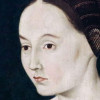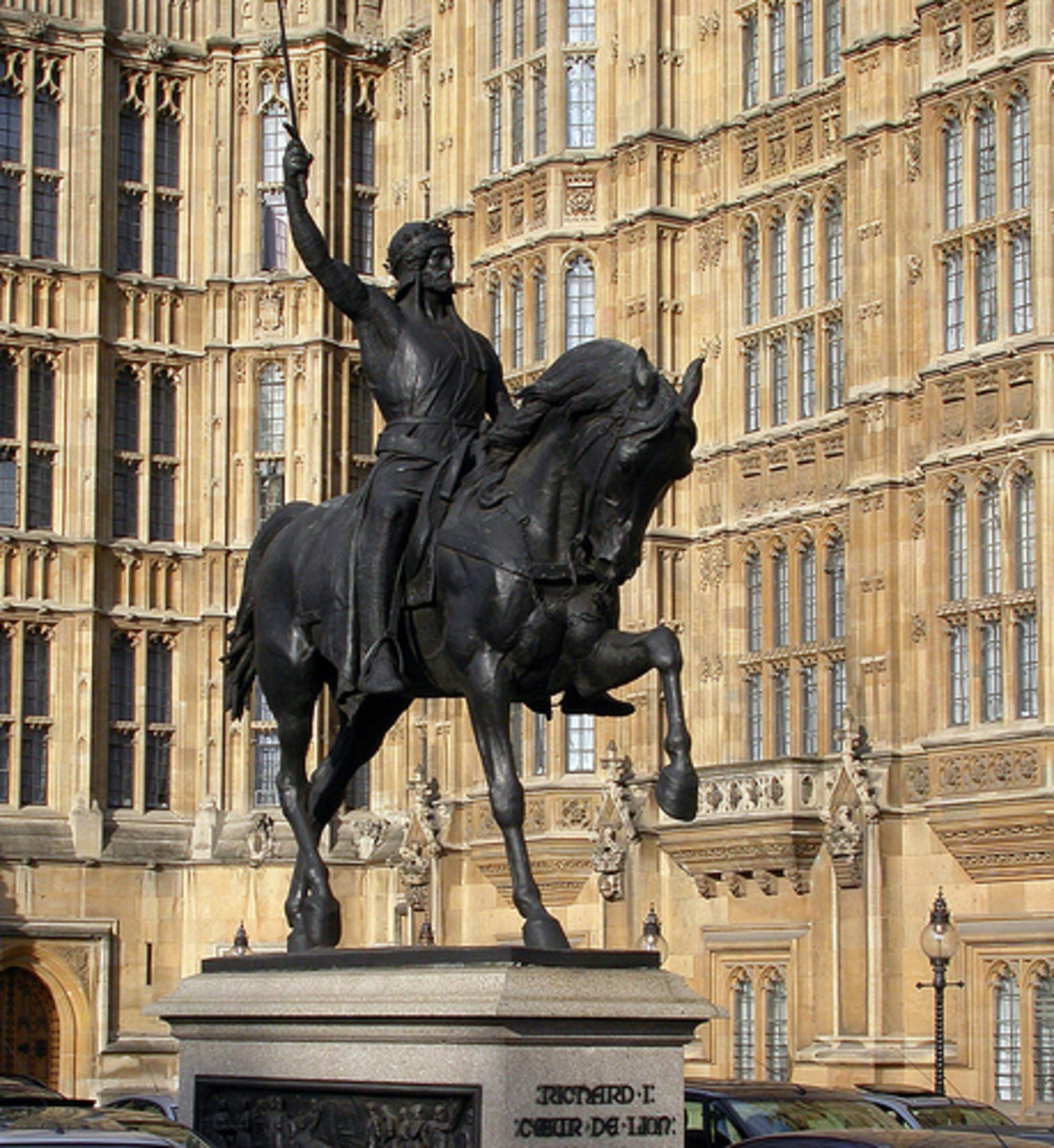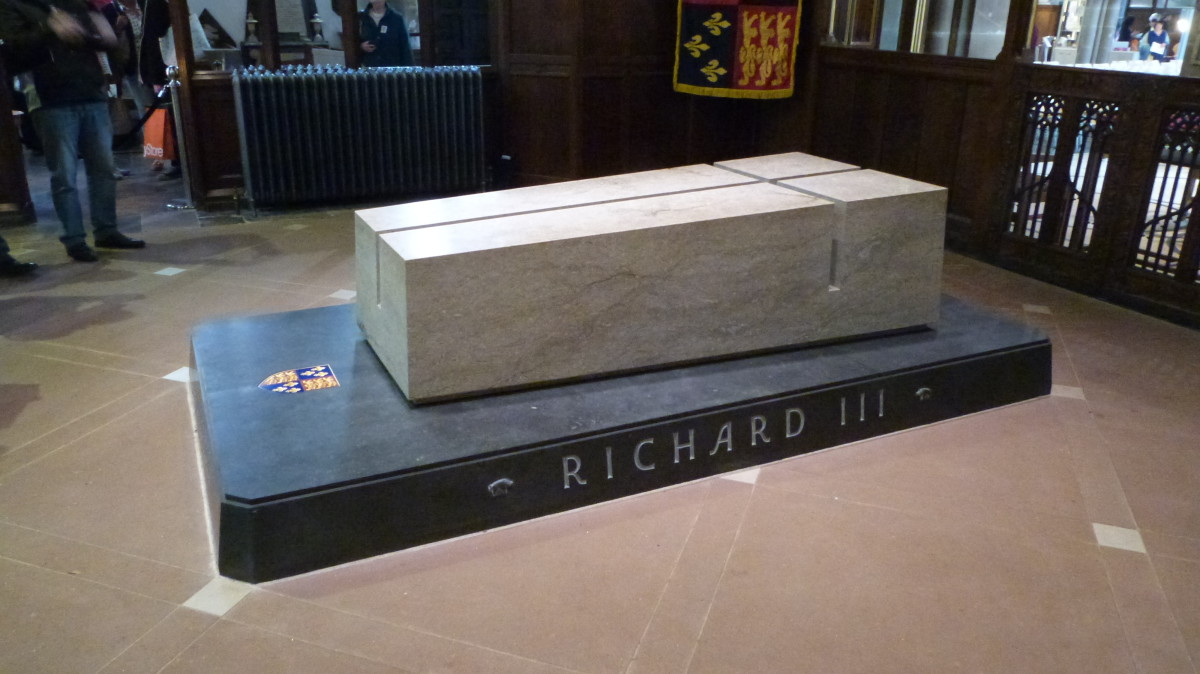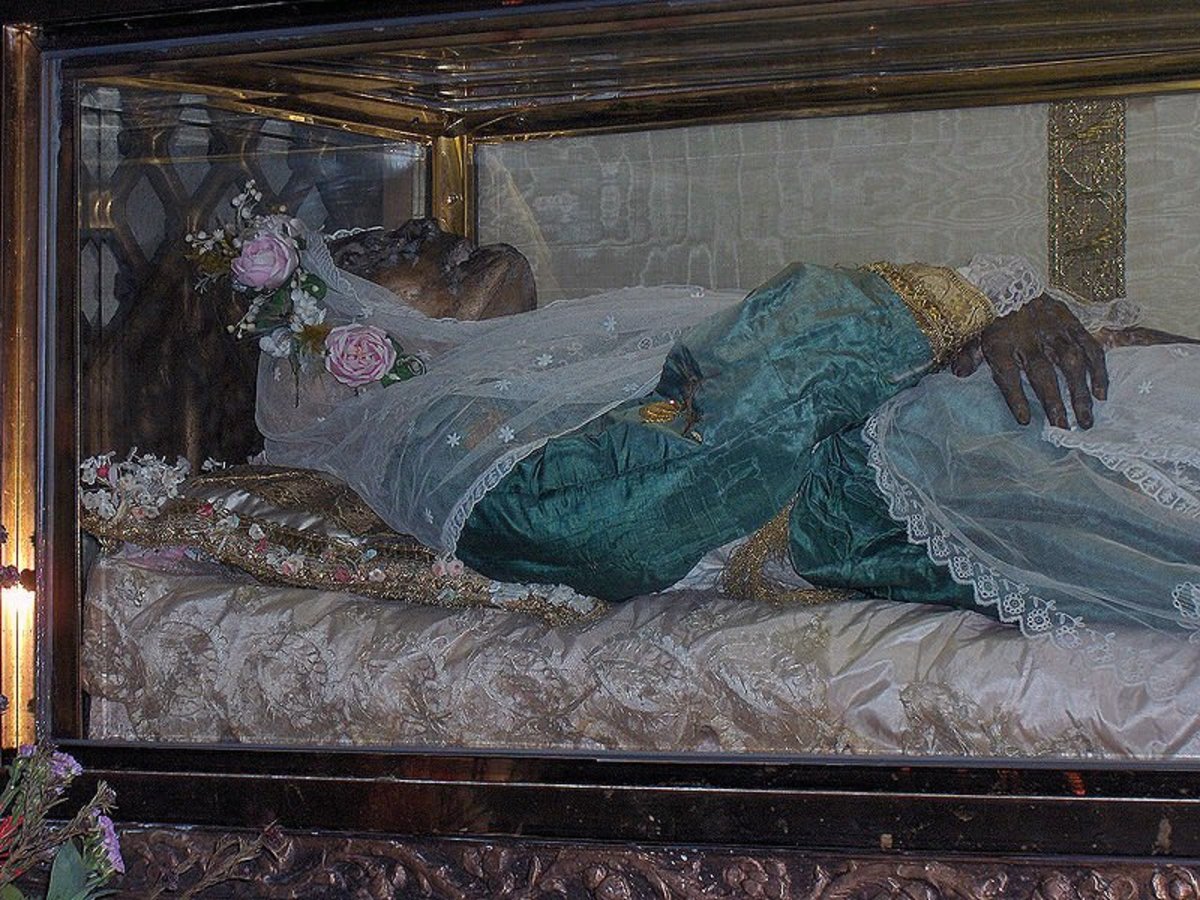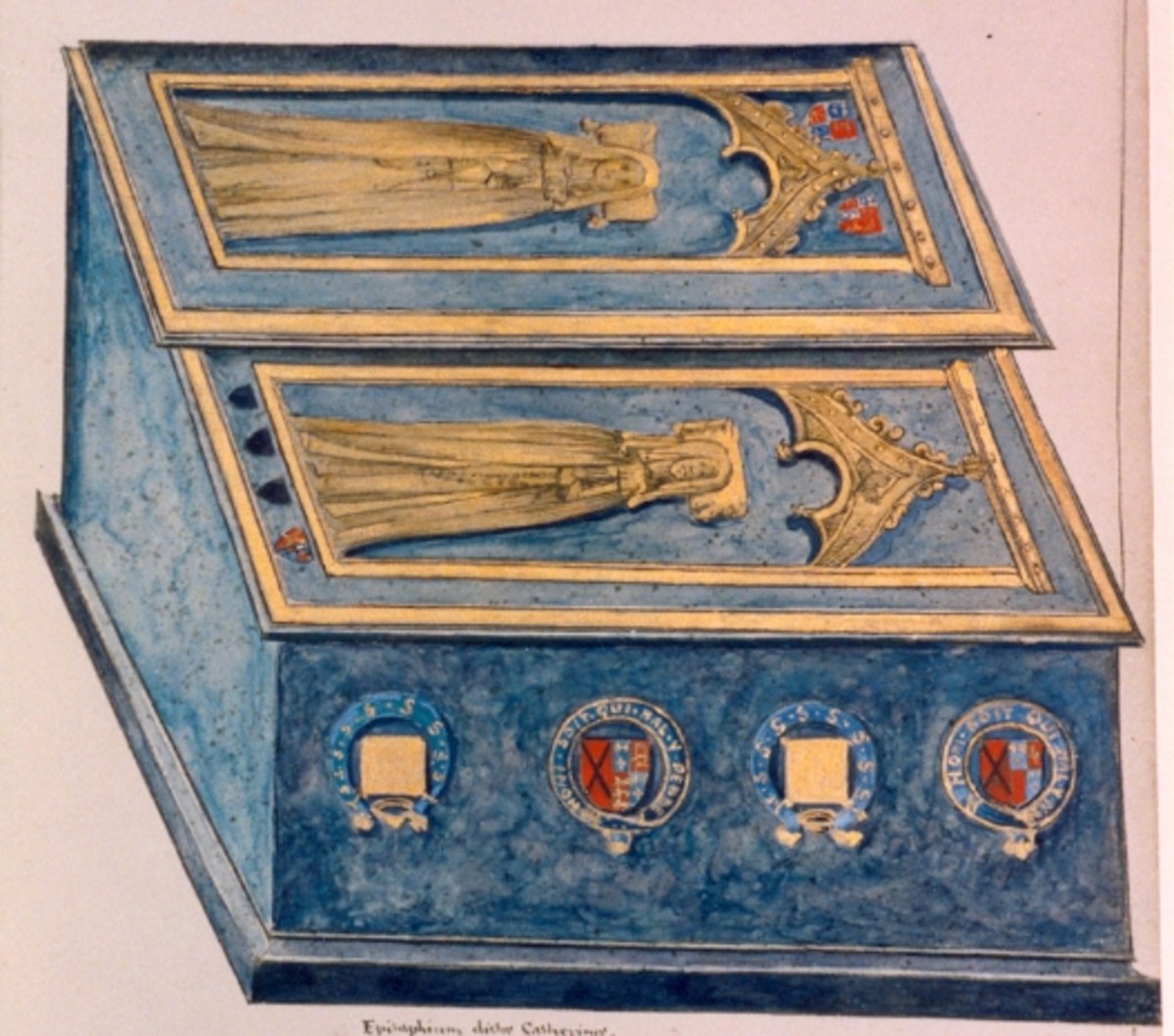King Richard I - The Making of the Lionheart
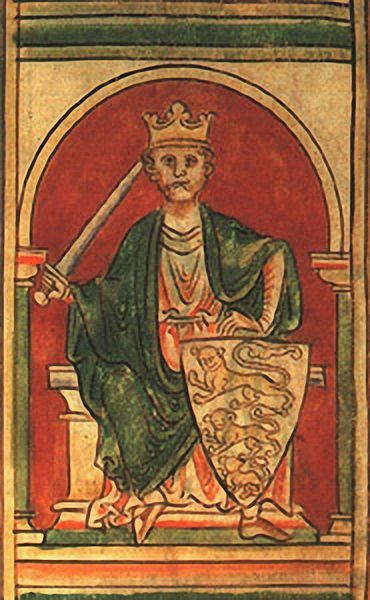
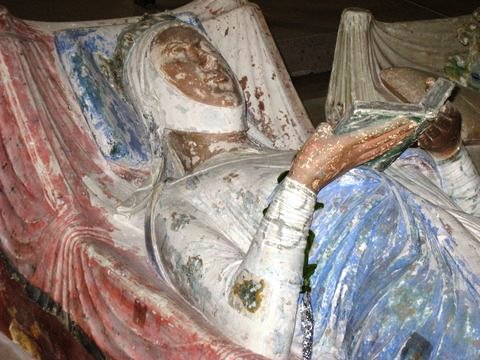
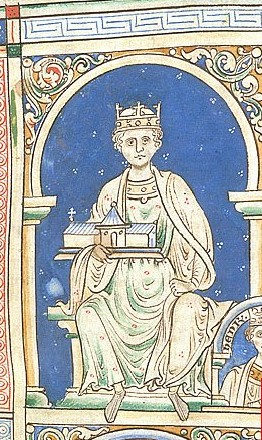
1157 - 1189
Richard was born on the 8th of September 1157 at Oxford. His parents were King Henry II of England and his wife, Queen Eleanor of Aquitaine. At the time of his birth, Richard had two older siblings, Henry and Matilda. A younger brother, Geoffrey, would be born the year after Richard. He would also have three more younger siblings that survived to adulthood: Eleanor, Joan and John. The young Prince was given over to his wet nurse, a woman named Hodierna who would later have a village named after her.
Sources featuring Richard in his early years are few and far between, affording only the occasional glimpse of the growing Prince. However, on Trinity Sunday, 10th June 1172, Richard finally stepped into the limelight when he was invested at the Duke of Aquitaine in a church in Poitiers. His mother, Queen Eleanor, wore the coronet of Aquitaine upon her head. The bishop removed it, placed it on Richard's head briefly before returning it to Eleanor. Richard then wore a plain silver coronet, and it was expected that he would receive the coronet Eleanor wore when she died. By this time, Richard had long, shoulder-length red and gold hair, and long straight limbs.
In 1173, a rebellion broke out against King Henry II. Richard's elder brother, Henry the Young King, had been crowned as Henry II's junior king, but was denied any real power. This rankled with the teenage Henry, who was nearly eighteen years old. The final straw was when Henry II decided to give his youngest son Prince John, aged six, the castles of Chinon, Loudon and Mirebeau. Henry the Young King felt that this was part of his inheritance, and left his father's court in rage, joining the court of the French King Louis VII. Richard, then aged fifteen, and his younger brother Geoffrey, aged fourteen, chose to take their elder brother's side and rode to join him. Thus began the rebellion. Henry II believed that his wife Eleanor was responsible and took her captive. He kept her under house arrest until the end of his reign.
The war carried into the middle of 1174. The French King, the King of Scots and the three eldest sons of Henry II took up arms against him, but it was clear by July that Henry II would emerge as victor. His sons sued for peace. During the rebellion, Richard had attempted to take La Rochelle, only to be rejected, and when he retreated to Saintes, was surprised by his father's troops but managed to escape. When he made his peace with his father in September, Henry II rewarded him with two mansions in Poitou and half the revenues of Aquitaine.
Richard was given the nickname of ‘Oc e No’, or ‘Yea and Nay’ by the troubadour Bertran de Born. Some historians have taken this to mean that Richard was a fickle man, unable to make up his mind, whilst others say that it was a compliment, and meant that Richard could make up his mind decisively and immediately.
Once Richard had made peace with his father, he was sent back to Aquitaine to quell the nobles there. This was an extra punishment as these nobles had joined Richard in the rebellion against Henry II, and now it was Richard's task to ensure the nobles were not able to rebel against Henry again. The pacification of the rebels meant that Richard had to dismantle the rebel castles. He successfully won a two-month long siege against Castillon-sur-Agen in August 1175. His pacification continued into 1176. It was during this campaign that Richard gained the nickname by which he has been called ever since: Lionheart.
In 1177, Duke Richard turned his mind towards making the pilgrimage routes to St James of Compostella safer, as there were stories of pilgrims being attacked. Within a few months, Richard felt he had successfully carried out this mission, and made the error of dismissing his mercenaries. They proceeded to plunder the land until they were destroyed at Malemort.
The next issue that reared its head was the question of Richard's marriage. He had been betrothed for a number of years to Princess Alys, the daughter of the French King, and yet the marriage had not taken place. There were rumours circulating saying that Henry II had taken her as a mistress and that she had given birth to his child. After threats from Louis VII and a cardinal, Henry promised that Richard and Alys would marry. Richard and Henry then went on campaign together in the Limousin to silence nobles there.
Richard attended the crowning of Louis VII's son, Philip 'Dieudonne' (God-given), as Louis' co-king and heir. At this event, Richard was styled as the Duke of Aquitaine and Count of Poitou. Within a year the old king was dead and Philip II came into his inheritance at the age of fifteen. This young king would be at times friend and foe to the Kings of England, slowly eroding their French territories, and would be remembered by history as Philip Augustus.
By 1182, Richard had been able to put the nose of his elder brother Henry out of joint. The Young King was probably jealous of the brilliance of Richard, who had an established reputation as a soldier and leader. Henry told his father about his feelings at Christmas 1182. Henry had asked his sons to do homage to the Young King for their lands; Richard refused on the grounds that he had not inherited Aquitaine through his father, but through his mother. Eventually, Richard was persuaded to agree to give homage, but by now the Young King was annoyed and refused to accept it.
The Young King and Richard parted under bitter terms, and were shortly at war with each other. Richard's younger brother Geoffrey took the Young King's side, and the pair were soon being assisted by Philip II. Henry II had not yet come into the fight, but attempted at first to be a peacemaker. He came south with some men, and his party was attacked by the citadel of St Martial, which was held by the Young King. Henry II narrowly escaped with his life, having been shot at, and a bolt just missing his chest. The result was that Henry II was now firmly in Richard's camp. The Young King fell ill in late May or early June 1183. He repented of his actions against his father, but Henry II did not listen. On the 11th of June, Henry the Young King died, aged twenty-seven. The news devastated Henry II, who had his son's body buried in Rouen Cathedral. The rebellion died as the Young King did; the rebels fled and Geoffrey was forced to sue for peace with his father. Richard was now the eldest living son and rightful heir to Henry II.
After the death of the Young King, Henry thought that Richard should take his late brother's place as heir to England, and hand over Aquitaine to his youngest brother John. Richard reacted angrily, and understandably so. He had spent the best part of eleven years stamping out rebellion and governing Aquitaine, and he was not about to hand it over to anyone - he informed his father of this through a messenger. King Henry reacted rather unwisely to this, saying that Aquitaine would belong to whoever won it. Richard's younger brothers Geoffrey and John began to arm against their elder brother. Henry helped Richard carry out a number of raids on Brittany, and Geoffrey returned to Brittany to restore order there. John now stood alone, and hostilities did not last overly long; by Christmas 1184, a peace had been made between Henry's sons.
In 1186, Richard's younger brother Geoffrey died after falling from his horse at a tournament, and being trampled by other horses. The grief of the French King Philip Augustus was such that Gerald of Wales wrote that he 'would have thrown himself into the gaping tomb with the body, if he had not been forcibly restrained by those who were around him'. Geoffrey's widow Constance would later give birth to his child, named Arthur of Brittany.
Richard struck up a close friendship with Philip Augustus after his brother's death. It was said that the pair were constantly together, and at night their beds did not separate them. The original source was written in Latin by Roger of Hoveden, and he used the word 'lectus', which could mean bed or couch, depending on the translation. This source has often been used to promote the idea of Richard being homosexual, although it seems unlikely that Richard was, given the fact that he had at least one illegitimate child. The close friendship between Richard and Philip concerned Henry as it seemed that it would cause problems between Henry and his eldest remaining son, which it inevitably did.
By 1189, Richard and Philip were at war with Henry II. The Old King, exhausted by a thirty-four year reign, and the endless fighting, was forced to make peace with Richard and Philip. Gerald of Wales wrote that after giving his son the kiss of peace, Henry muttered, 'May the Lord grant me not to die until I have taken due vengeance upon you', but his wishes were in vain. Henry II died on the 6th of July. Richard went to contemplate the corpse of his father, and stayed briefly.
At long last, Richard was the King.
For further reading, 'King Richard I - King, Crusader, Captive' will shortly be available.
© 2014 MizLiot
